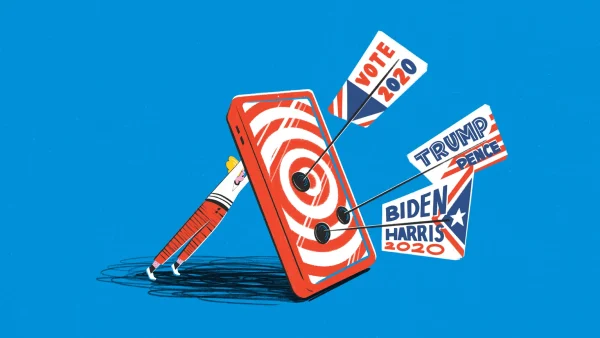The question of whether or not dance is a sport is an unnecessary controversy

More stories from Sofia Hargis-Acevedo
A picture of the FHCVDT at the annual community tailgate.
I’ve heard the conversation for years—oftentimes with friends or classmates. I am still hearing it as a member of the Varsity Dance Team. It all centers around one simple question: is dance even a sport?
The conversations throughout the years have all played out the same way. Many say that dance is not a sport. They believe that it belongs in the parentheses of athletic events. They argue that it is more of an art form and that it is strictly entertainment. And while those statements are true, it does not negate the fact that, while art and entertainment are a part of dance, it is still a sport, and dancers are still athletes.
The Merriam Webster Dictionary defines an athlete as “a person who is trained or skilled in exercises, sports, or games requiring physical strength, agility, or stamina.” In order to be a dancer, it is required that people have all three of those traits to succeed.
Just because a sport is female-dominated does not lessen its legitimacy as a sport.
Dancers need physical strength in order to be able to hit specific shapes and poses with precision, along with being able to lift their legs to their heads without using any support. Some dance routines may be choreographed to a fast tempo, meaning that dancers must have the agility to get from one movement to another without skipping a beat, while also making it look effortless. Even though the majority of dance routines are only about three minutes long, it takes a lot of energy for dancers to be continuously moving with as much energy as they can muster to get through the entire dance while, yet again, making it seem simple.
Like many sports, competitive dance involves dancers competing against each other to obtain the highest total points. This comes after months of endless hours of practice, which sometimes take place at 6:15 a.m. in a high school gymnasium as the FHC Varsity Team does. During both practices and competitions, not only do dancers have to be physically strong, but mentally tough, just like in any other sport.
We have to wonder why it is so hard for dance to be admitted as a sport and dancers as athletes; perhaps it is because dance is predominantly a female sport. Granted, there are male dancers, but for the most part, if you attend a dance competition or enter a dance studio, you’ll most likely see that 90% of the participants–if not more–are female.
Just because a sport is female-dominated does not lessen its legitimacy as a sport.
Indeed, in 2024, breakdancing will become a part of the lineup for the Summer Olympics in Paris, France. It would be hard to argue that an event in the Olympics is not a sport, and the participants in that event are not athletes.
So in thinking about dance in the future, it is an art form, and yes, it is entertainment. But without question, it is also a sport. Dancers are tired of conforming to the societal norms of not being considered athletes; they want to break free from the parentheses and be treated like any other sport.

Sofia is a senior entering her fourth and final year writing for The Central Trend. She has grown up a writer and cannot picture herself as anything but....






























































































